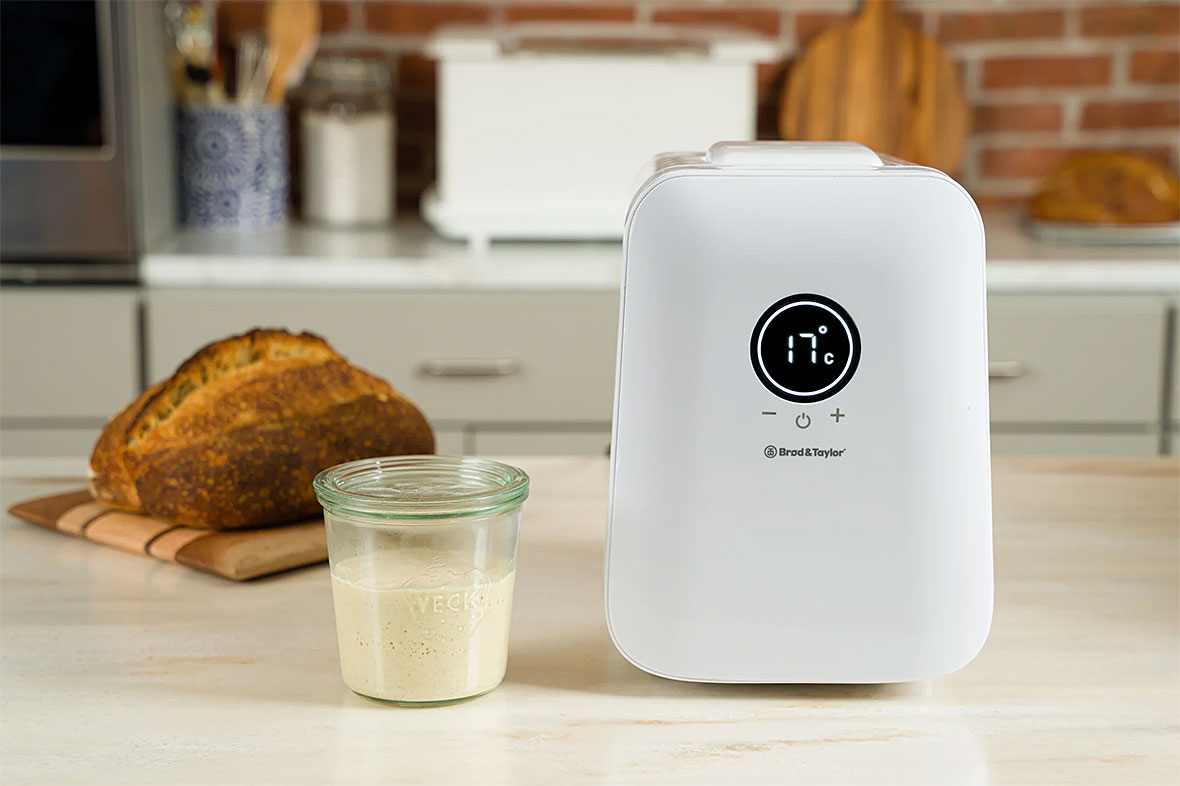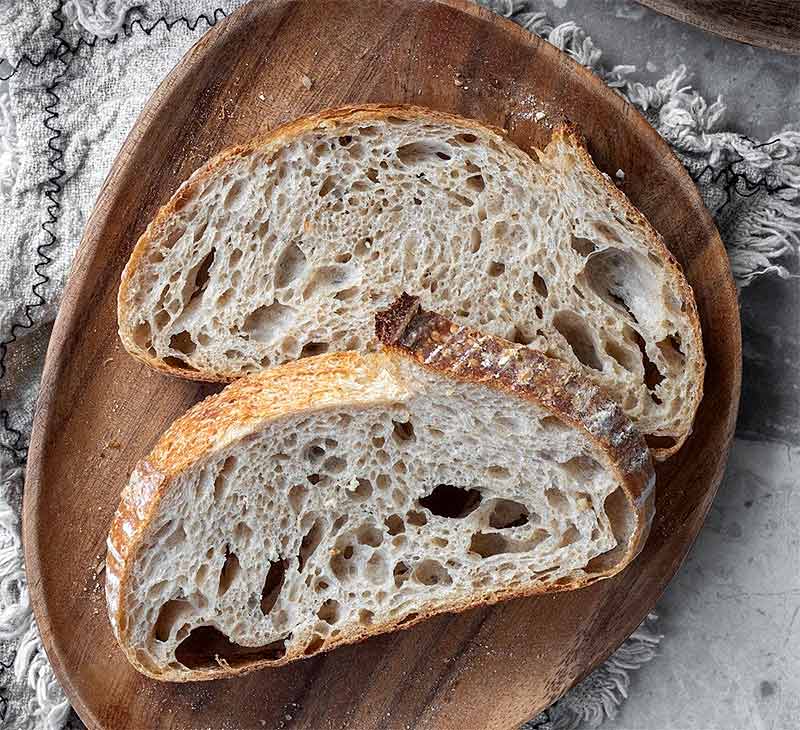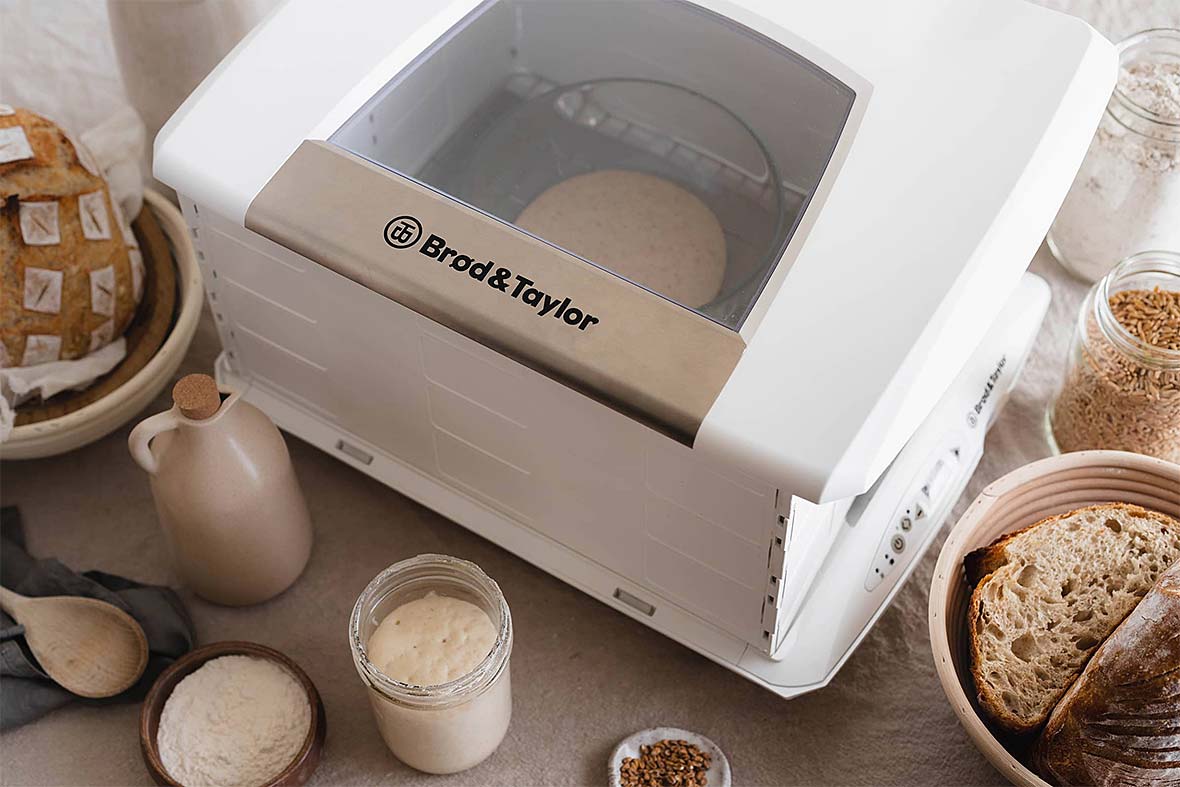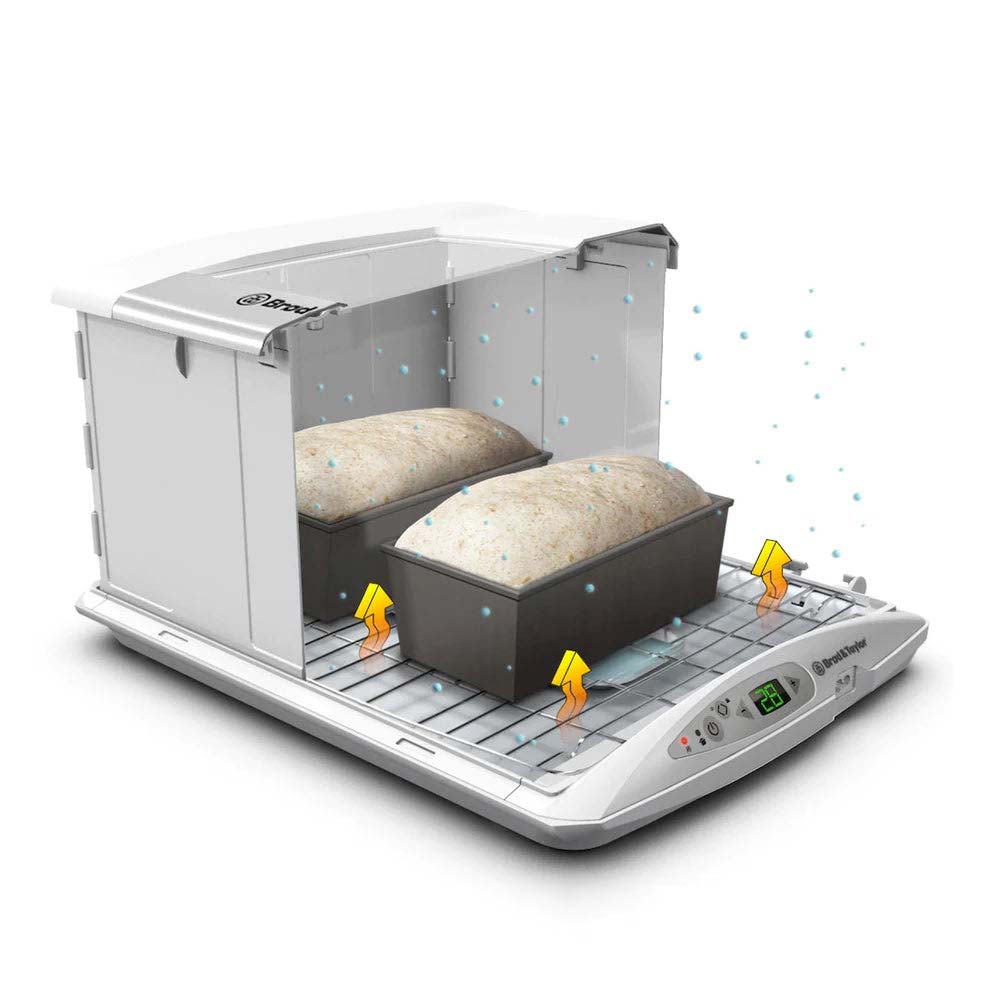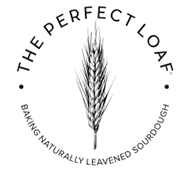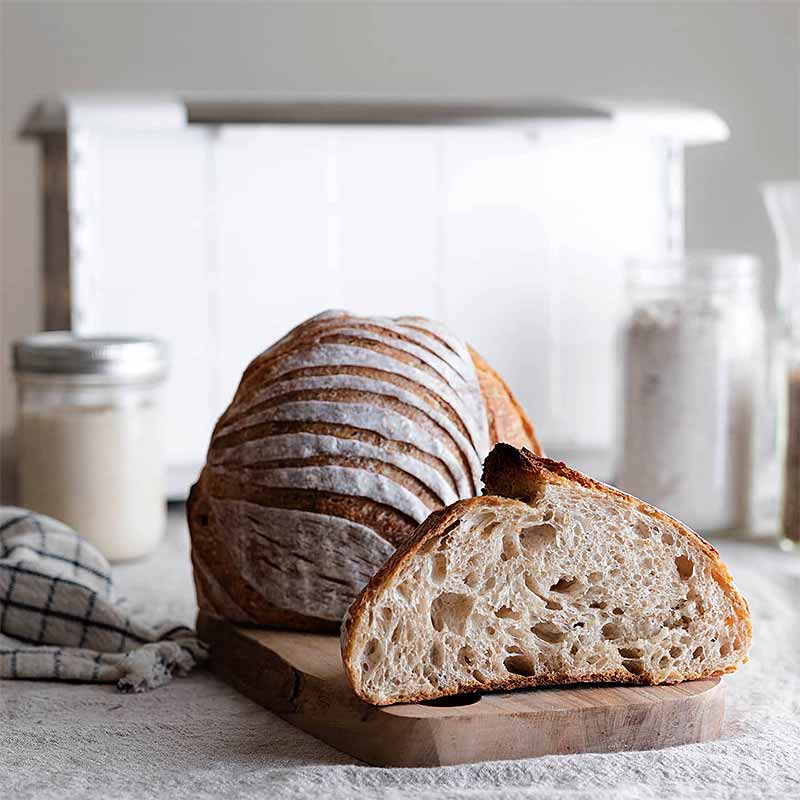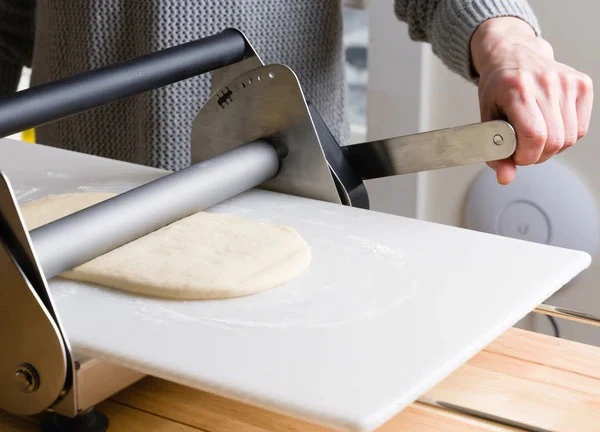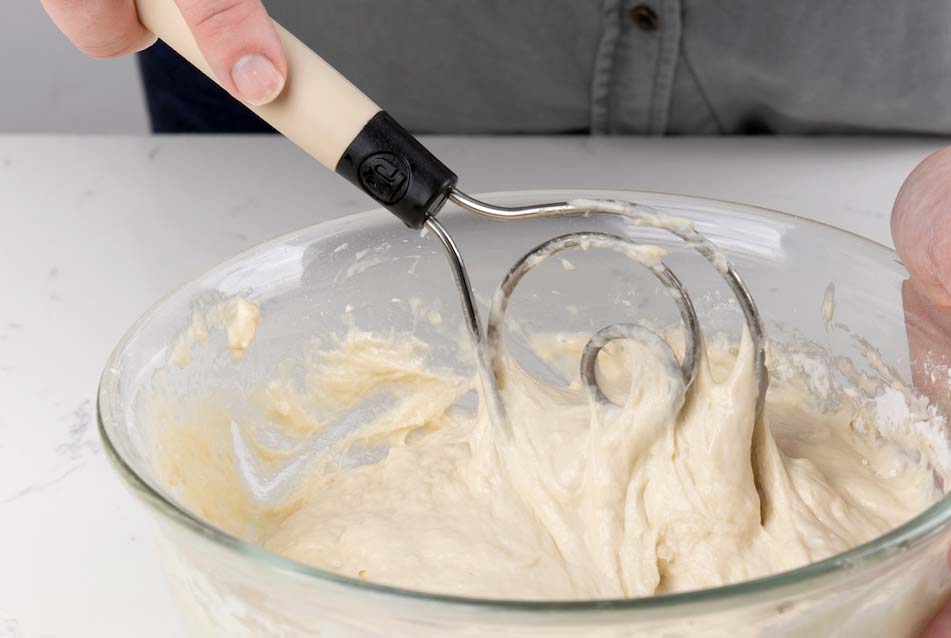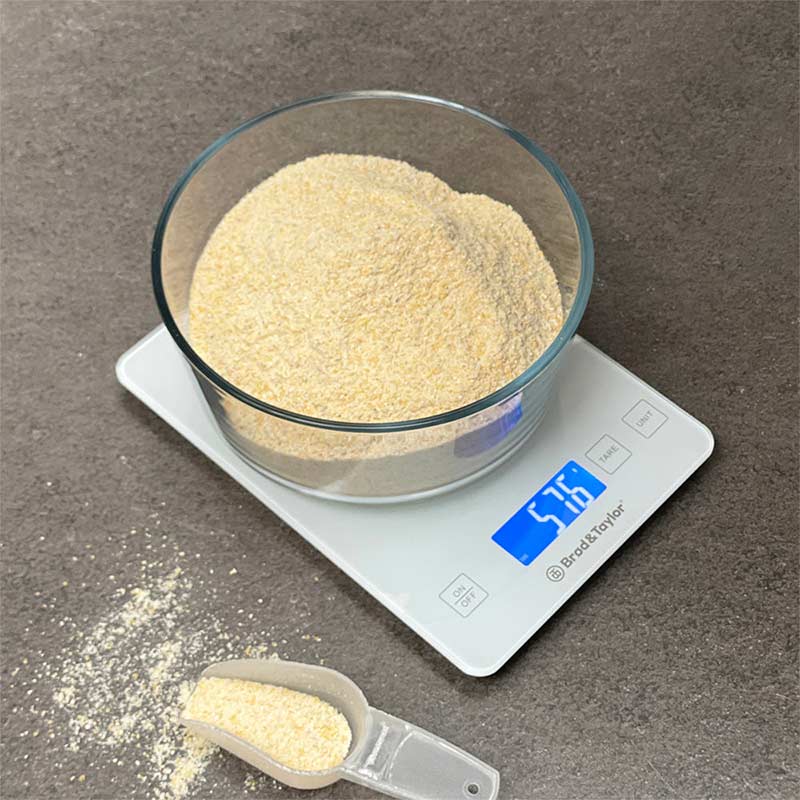When you have the bread making tools to control temperature, it is easier to predict and control fermentation and proofing. Sourdough and regular bread are created with a complex culture of bacteria and yeasts. Temperature affects how these organisms consume sugars, creating the rise and flavor of dough. If your dough is exposed to fluctuating temperatures (a drafty kitchen or varying temperatures in the summer and winter), your results won’t be consistent. Too cold, and the dough will lack both the CO2 required to create a rise and fermentation to create flavor. Too warm, and the yeast may eat all of the available sugars with nothing left for the second rise or to create a crispy crust.
In short, skillfully manipulating the temperature during the proofing stages allows you to control the process, making your bread more, or less, sour. This also gives you the ability to produce a predictable flavor, crumb, and crust every time.

 Select Country
Select Country
